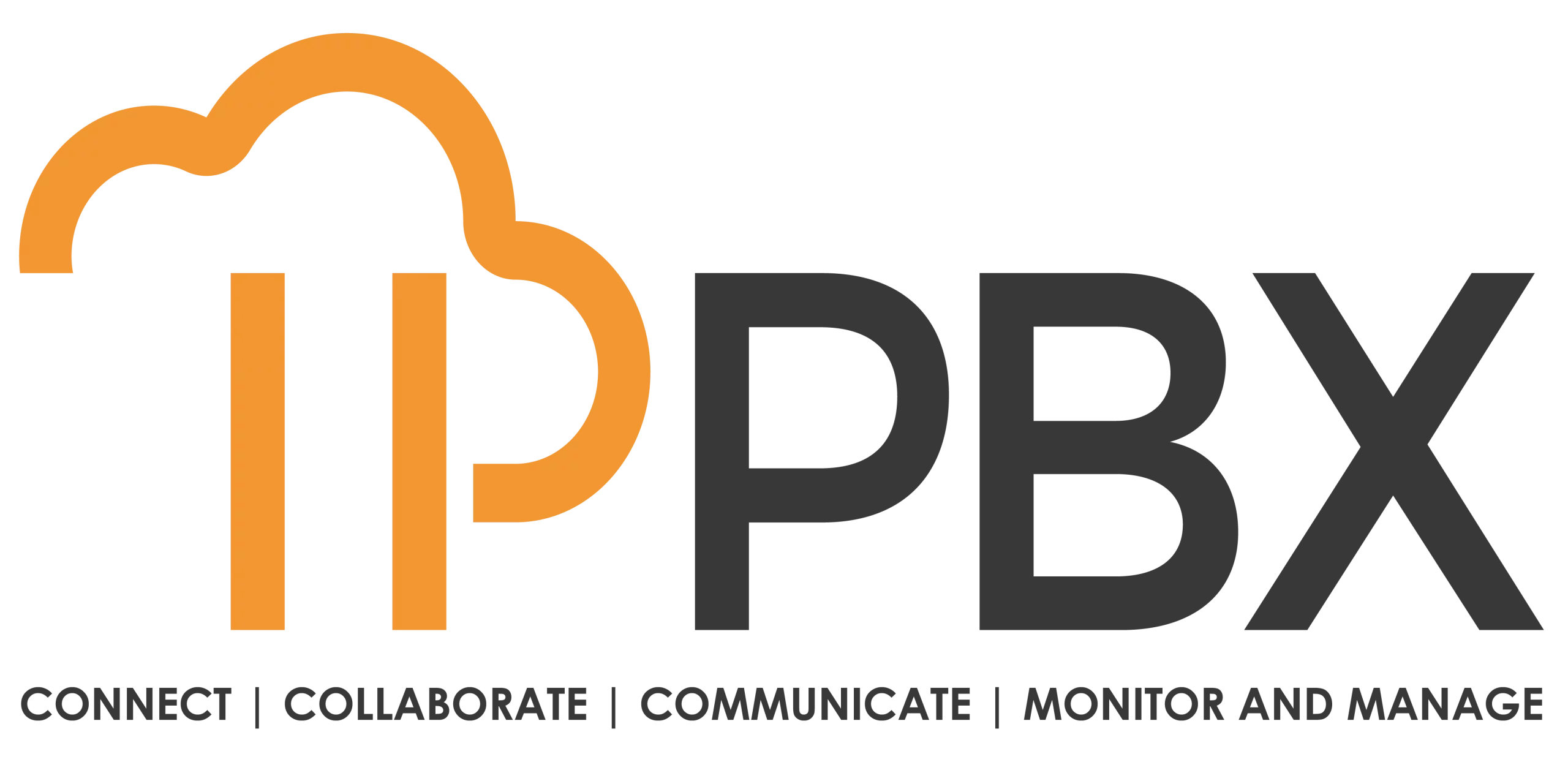In an increasingly interconnected world, effective communication is paramount for business success. As technology continues to evolve, so do the ways in which organizations communicate internally and externally. The future of business communication is being shaped by various trends and innovations that enhance collaboration, efficiency, and engagement. This article explores key trends influencing the future of business communication and highlights some of the best communication platforms for business that are leading the charge.
1. Rise of Remote Work and Digital Communication
The COVID-19 pandemic accelerated the adoption of remote work, making digital communication tools essential for business operations. As organizations continue to embrace hybrid work models, the demand for effective communication platforms has grown.
Remote Collaboration Tools
Companies are increasingly utilizing tools that facilitate remote collaboration, such as video conferencing, instant messaging, and project management software. These tools enable teams to stay connected, share information, and collaborate on projects, regardless of their physical location.
Best Communication Platforms for Business
Some of the best communication platforms for business include:
- Slack: A popular messaging platform that allows for real-time communication, file sharing, and integration with various applications.
- Microsoft Teams: A comprehensive collaboration tool that combines chat, video conferencing, and document sharing in one platform.
- Zoom: Originally known for video conferencing, Zoom has expanded its capabilities to include chat and webinar features, making it a versatile communication tool.
2. Artificial Intelligence and Automation
Artificial intelligence (AI) is transforming business communication by automating repetitive tasks and enhancing the user experience. AI-powered tools can streamline communication processes, improving efficiency and accuracy.
Chatbots and Virtual Assistants
Many businesses are implementing chatbots and virtual assistants to handle customer inquiries and support requests. These AI-driven tools can provide instant responses, freeing up human agents to focus on more complex issues.
Smart Communication Tools
AI is also being integrated into communication platforms, enabling features such as natural language processing (NLP) and sentiment analysis. For example, tools like Grammarly and Crystal use AI to enhance written communication, ensuring clarity and effectiveness.
3. Emphasis on Personalization
Personalization is becoming a key focus in business communication. As consumers demand more tailored experiences, businesses are leveraging data to create personalized communication strategies.
Data-Driven Insights
By analyzing customer data, businesses can tailor their messaging to meet the unique preferences and needs of their audience. This personalization can enhance customer engagement and loyalty, leading to improved business outcomes.
Targeted Messaging Platforms
Tools like Mailchimp and HubSpot allow businesses to segment their audiences and create targeted email campaigns. These platforms enable organizations to deliver personalized content that resonates with specific customer segments, increasing the likelihood of engagement.
4. Integration of Communication Tools
As businesses adopt multiple communication platforms, the need for integration becomes crucial. Companies are increasingly looking for solutions that allow seamless communication across various tools.
Unified Communication Solutions
Unified communication platforms like RingCentral and Cisco Webex integrate voice, video, messaging, and collaboration into one solution. This integration simplifies communication processes, enabling employees to switch between different modes of communication effortlessly.
API Integration
Many communication platforms are now offering APIs that allow businesses to connect their existing tools with new applications. This flexibility enables organizations to create a customized communication ecosystem that meets their specific needs.
5. Focus on Employee Well-Being
As remote work becomes more prevalent, businesses are recognizing the importance of employee well-being in communication strategies. Companies are prioritizing mental health and work-life balance in their communication efforts.
Wellness Communication Tools
Platforms like Officevibe and Trello not only facilitate project management but also offer features that promote employee well-being. These tools allow for regular check-ins, feedback collection, and recognition programs that enhance team morale.
Encouraging Open Communication
Organizations are fostering a culture of open communication where employees feel comfortable sharing their thoughts and concerns. This approach not only improves employee satisfaction but also leads to better collaboration and innovation.
6. Visual Communication and Content Sharing
Visual communication is gaining traction as more organizations recognize the power of visuals in conveying information. Infographics, videos, and interactive content are becoming integral to business communication.
Video Content
Video conferencing tools are not only used for meetings but also for creating engaging video content. Businesses are leveraging platforms like Loom to create video messages, tutorials, and presentations that enhance understanding and engagement.
Visual Collaboration Tools
Digital whiteboards and collaborative design platforms like Miro and Figma enable teams to brainstorm and visualize ideas in real-time. These tools enhance creativity and foster collaboration, making communication more effective.
7. Embracing Sustainability in Communication
As environmental concerns become increasingly important, businesses are looking for sustainable communication practices. This shift involves reducing paper usage, minimizing carbon footprints, and adopting eco-friendly technologies.
Digital Communication Solutions
By transitioning to digital communication methods, businesses can reduce their environmental impact. Tools that facilitate paperless documentation, such as DocuSign and Adobe Sign, contribute to sustainability efforts while streamlining communication processes.
Eco-Friendly Branding
Brands that communicate their commitment to sustainability in their messaging can resonate more with environmentally conscious consumers. This approach not only enhances brand reputation but also aligns with the values of a growing segment of the market.
Conclusion
The future of business communication is evolving rapidly, driven by technological advancements and changing consumer expectations. As organizations adapt to the new landscape, embracing trends such as remote work, AI integration, personalization, and sustainability will be crucial. Partnering with the best communication platforms for business can enhance collaboration, improve efficiency, and foster deeper connections with customers and employees alike. By staying ahead of these trends, businesses can position themselves for success in an increasingly competitive environment.

